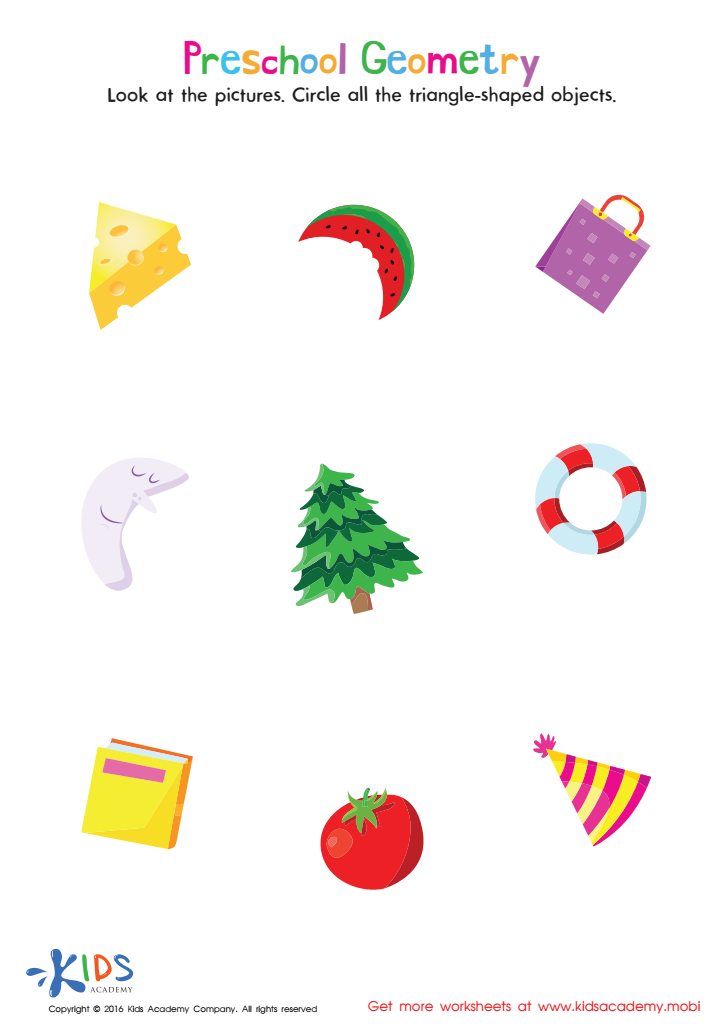Shape Recognition Normal Geometry Worksheets for 3-Year-Olds
14 filtered results
-
From - To
Introduce your little learners to the exciting world of shapes with our Shape Recognition Normal Geometry Worksheets, specifically designed for 3-year-olds! These engaging and colorful worksheets help young children explore various shapes, such as circles, squares, triangles, and more. By participating in fun activities like tracing, matching, and identifying shapes, kids will enhance their recognition skills while building a strong foundation for early math concepts. Perfect for use at home or in the classroom, these worksheets are an enjoyable way to make learning about geometry a delightful experience. Spark curiosity and creativity in your young ones today!
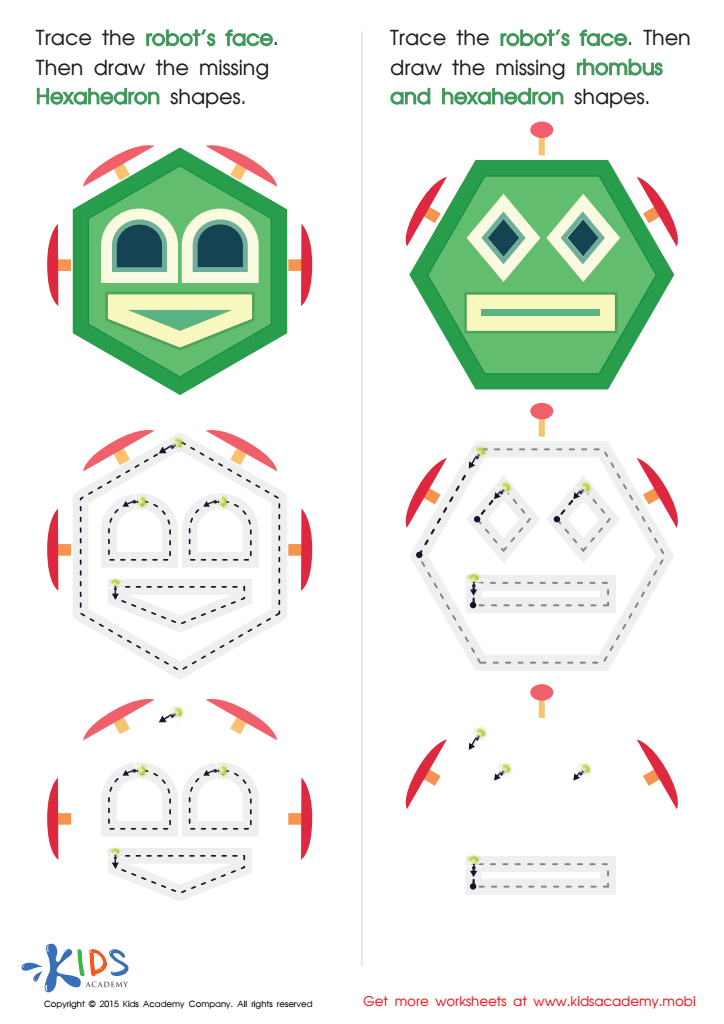

Practice Drawing Hexahedrons And a Rhombus Worksheet
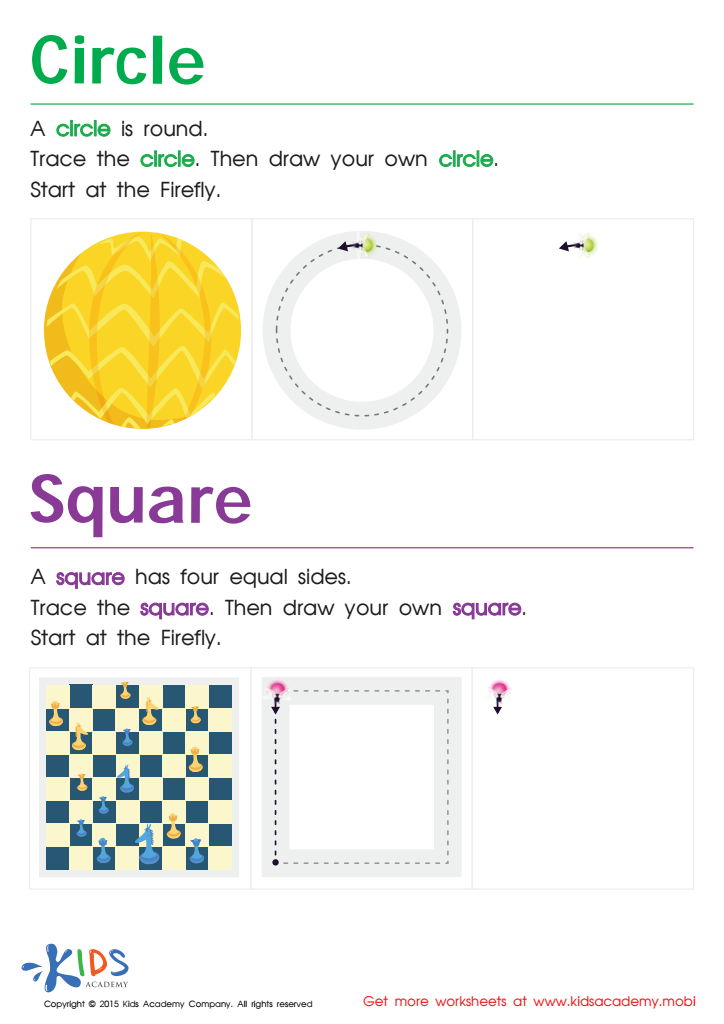

Trace And Draw a Circle And a Square Worksheet
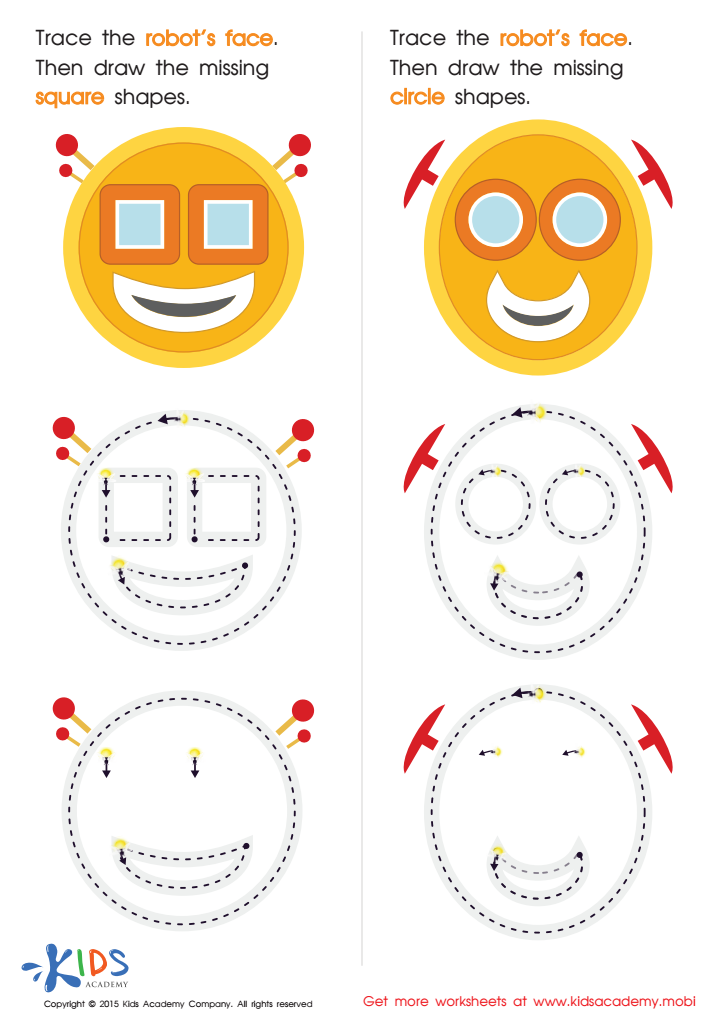

Practicing to Draw Circles And Squares Printable
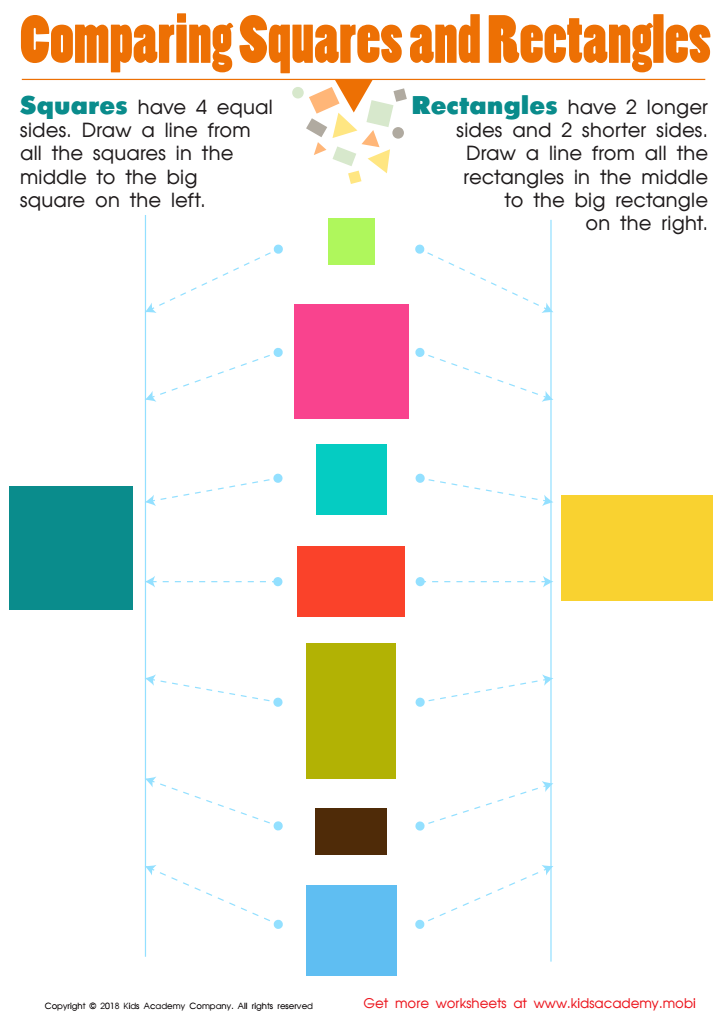

Comparing Squares Rectangles Worksheet
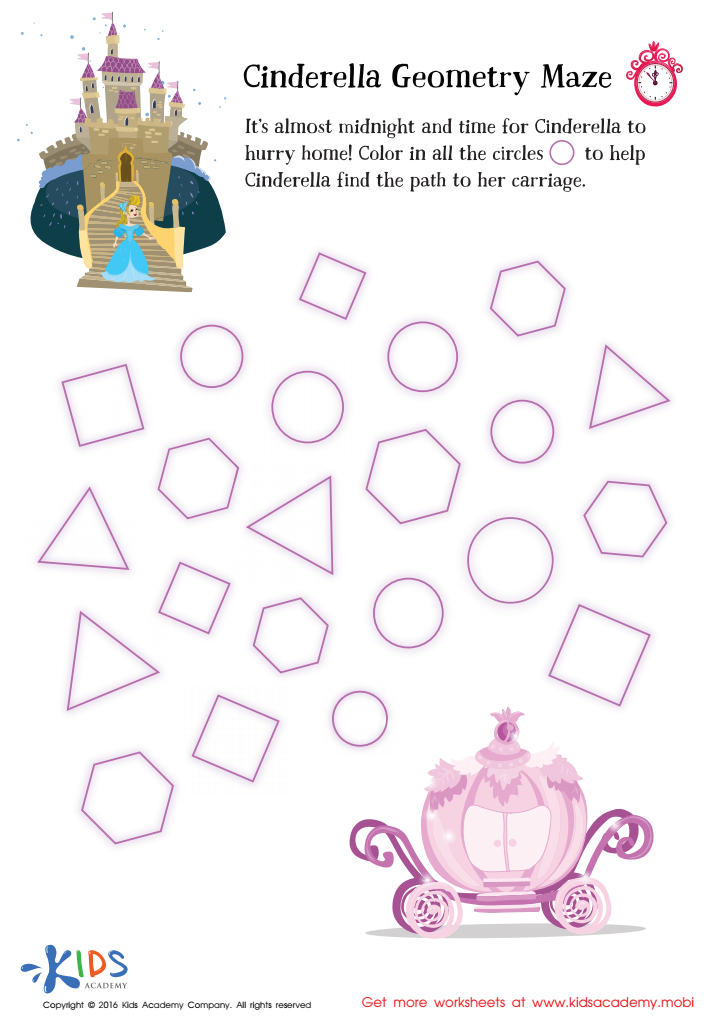

Cinderella Geometry Maze Worksheet


Preschool Geometry Match Up Worksheet


Learning to Draw Crescents And Triangles Worksheet
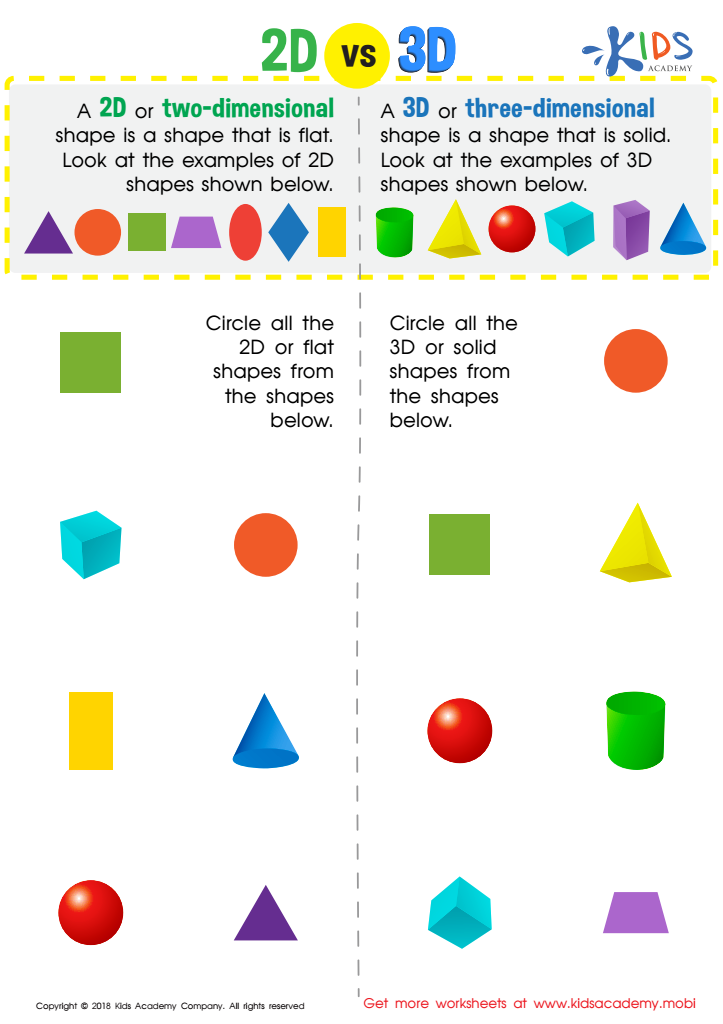

2D vs 3D Shapes Worksheet
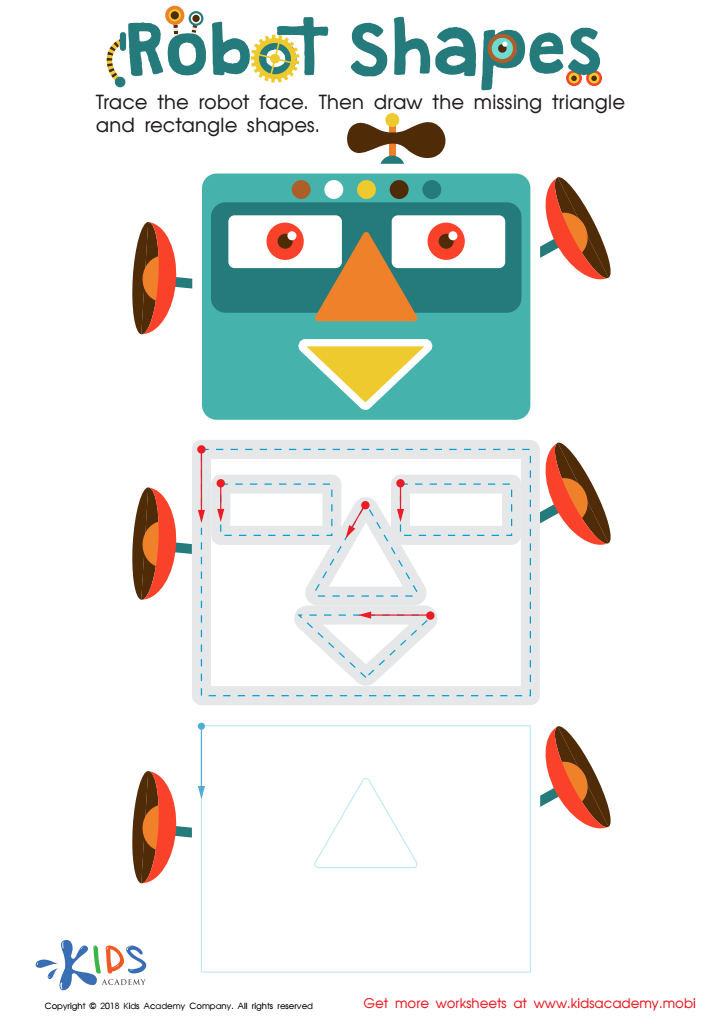

Robot Shapes Worksheet
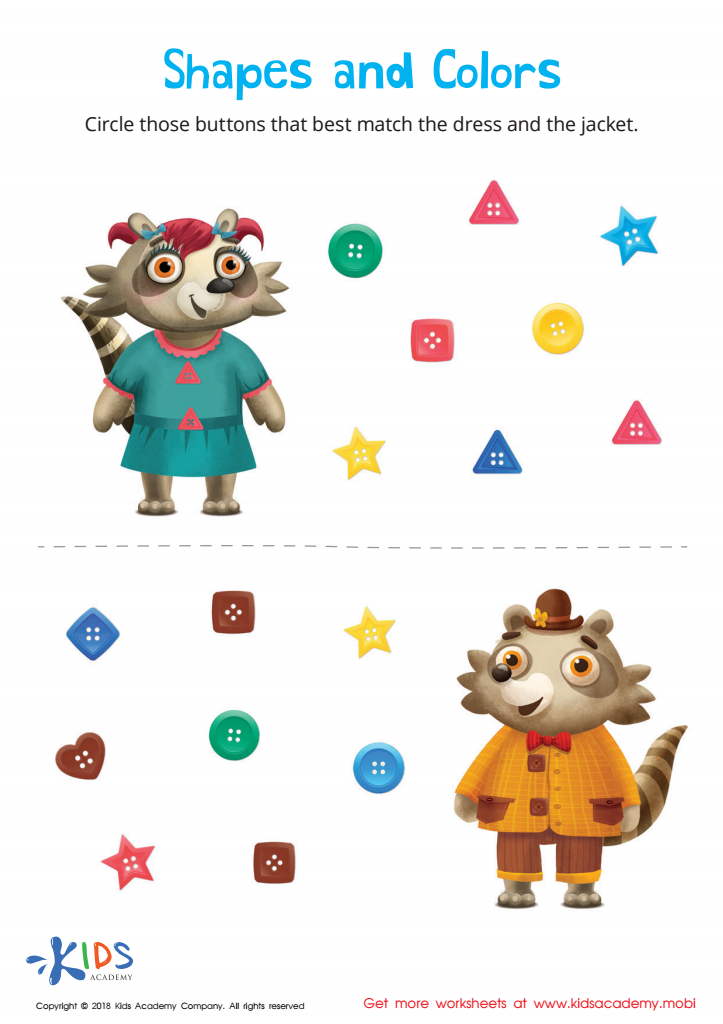

Shapes and Colors Worksheet
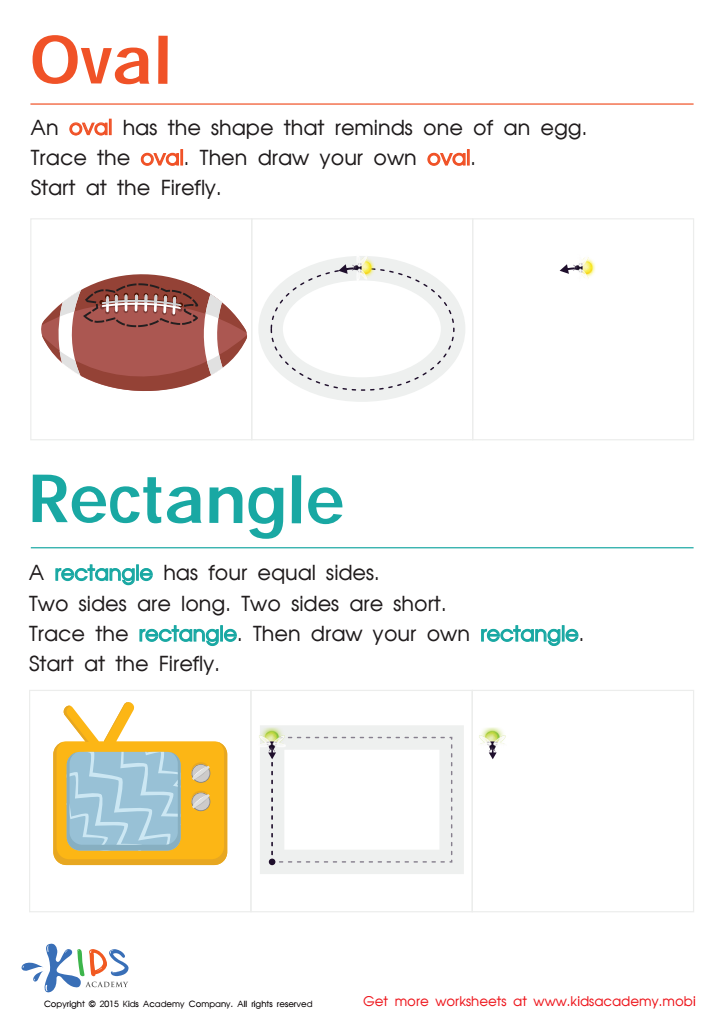

Easy Drawing of Ovals And Rectangles Worksheet
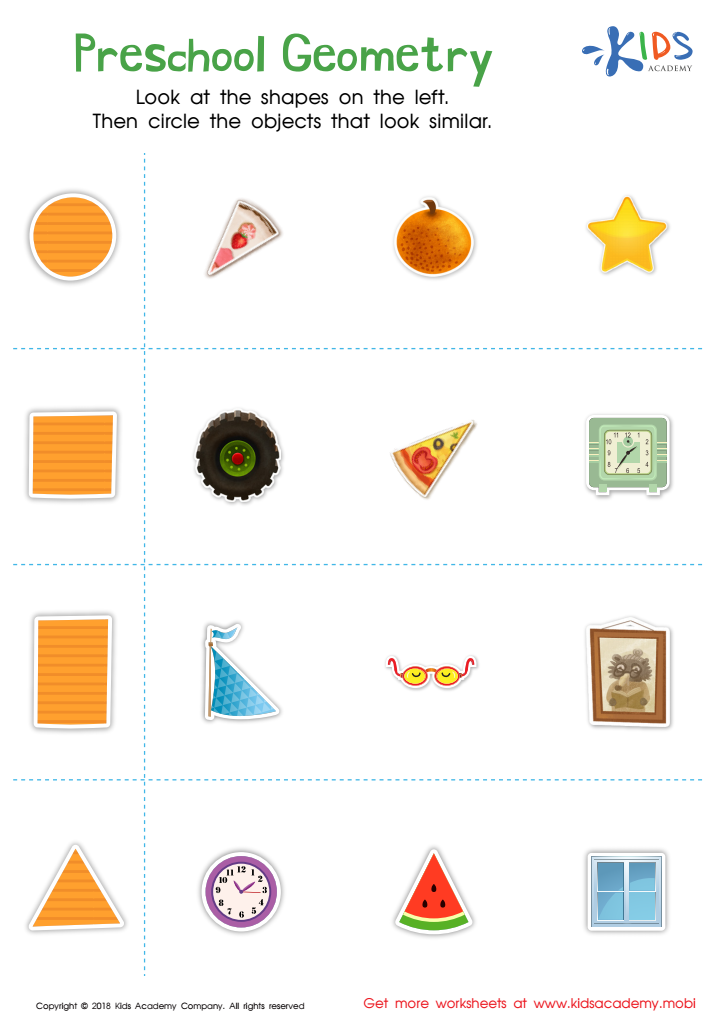

Preschool Geometry Worksheet
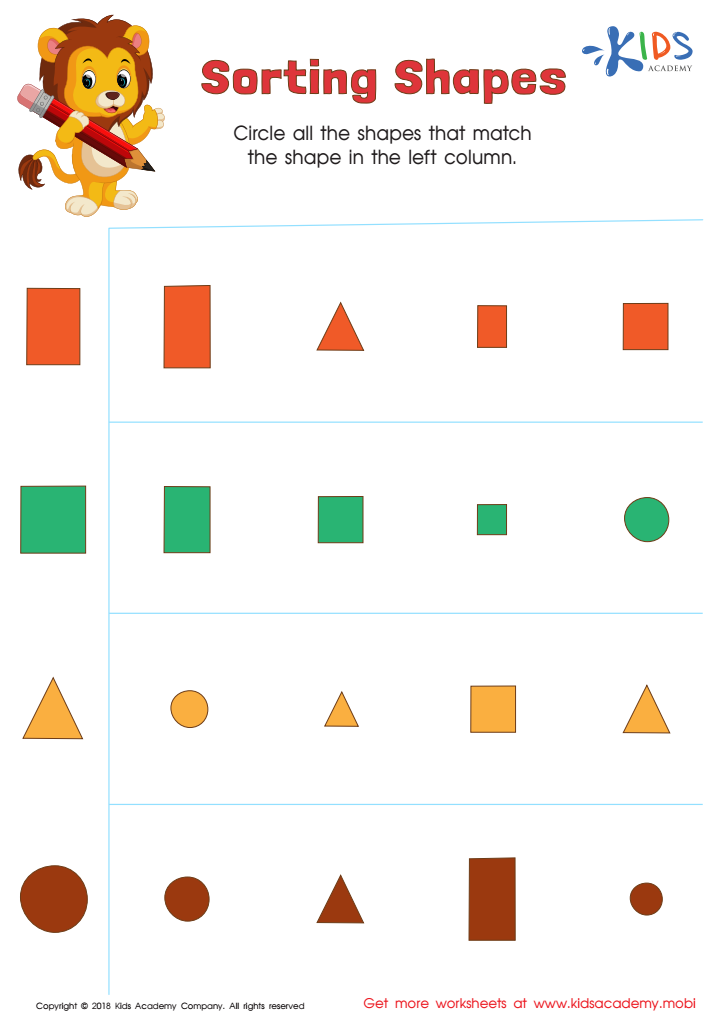

Sorting Shapes - Part 2 Worksheet
Shape recognition is a fundamental skill that lays the groundwork for future mathematical understanding, logical reasoning, and spatial awareness. For 3-year-olds, engaging with shape recognition through normal geometry plays a crucial role in cognitive development. At this age, children are naturally curious and eager to explore, making it an ideal time for them to learn about shapes such as circles, squares, triangles, and rectangles.
Parents and teachers should care about this skill because it facilitates critical thinking and problem-solving abilities. Recognizing and naming shapes helps children make sense of their surroundings and classify objects. This early exposure to geometry enhances their ability to identify patterns and builds an understanding of spatial relationships, important for activities like drawing and building.
Moreover, shape recognition contributes to language development as children learn to articulate their observations, fostering communication skills. When combined with play-based activities, shape recognition can also boost fine motor development through manipulative tasks, such as stacking or sorting shapes. Ultimately, fostering shape recognition not only prepares children for more advanced mathematical concepts in later years but also builds a solid foundation for their overall cognitive and social development, making it a critical aspect of early learning.
 Assign to My Students
Assign to My Students










